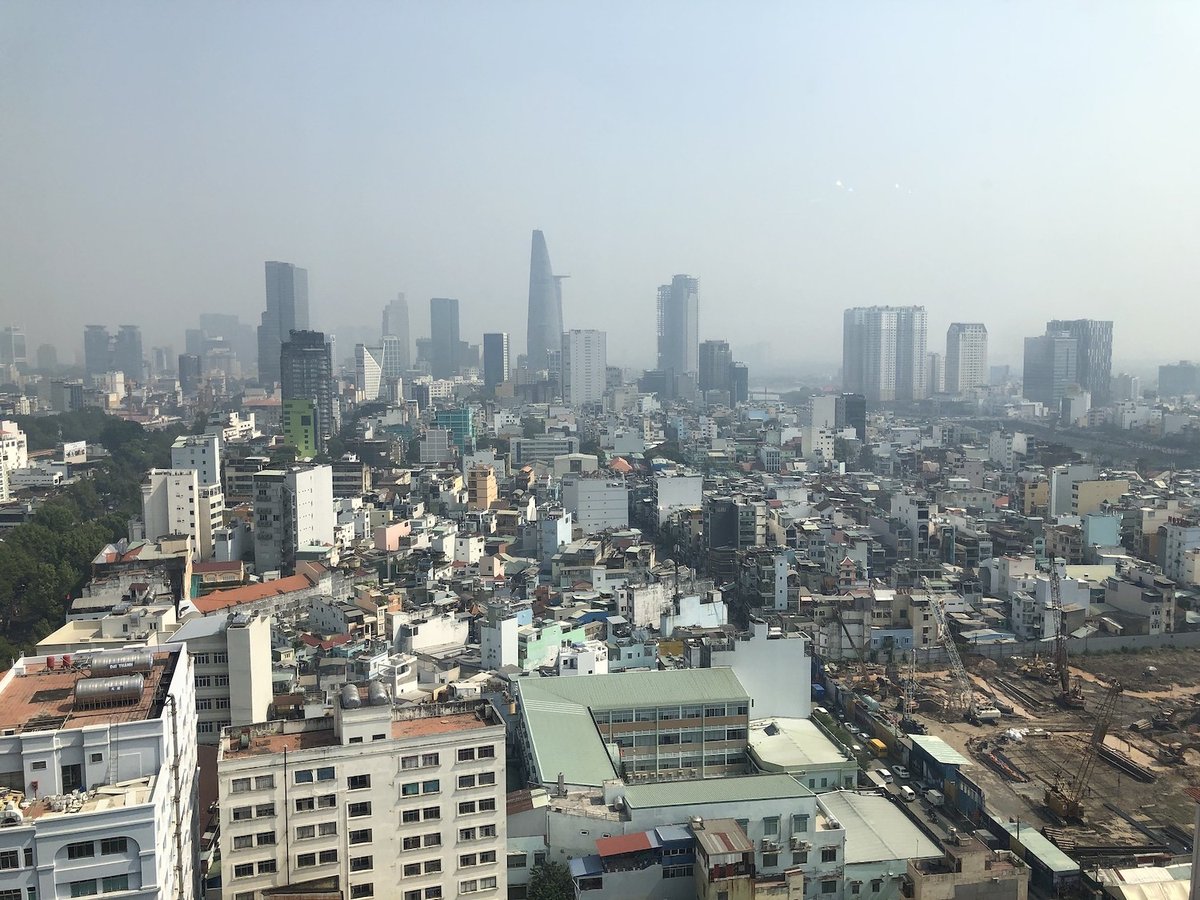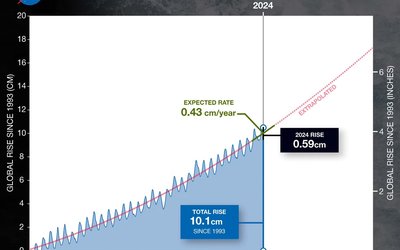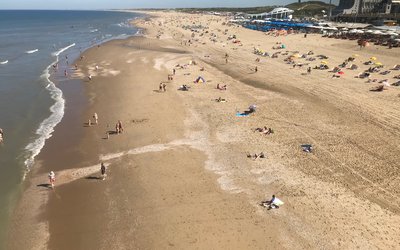Coastal erosion and coastal floods
Subsidence coastal cities contributes more to relative sea level rise than previously thought
February 21, 2023

Photo: Ho Chi Minh City is one of the world’s coastal cities that is rapidly subsiding (source: Simon-sees, www.flick.com)
Faster than IPCC reported
In several coastal cities, land subsidence is much faster than the IPCC reported in its latest assessment. This is concluded from a detailed study of vertical land movement of 48 coastal cities representing 20% of the global urban population. In this study, the velocities of local land subsidence were quantified from satellite radar observations over the period 2014 to 2020. For each coastal city, subsidence rates were quantified relative to a nearby reference point and these rates, therefore, represent relative land subsidence within the city. Since both the reference point and the rest of the city are subject to the same large-scale land movements of tectonics and glacial isostatic adjustment, these processes are not included in the relative data.
The data on relative subsidence rates allow for the identification of specific areas and neighbourhoods in cities that are undergoing rapid subsidence and thus facing accelerated relative sea level rise and greater exposure to coastal hazards. This local subsidence is often caused by pumping up groundwater, or by oil and gas extraction and compaction of sediments underlaying the city.
Up to a few centimetres per year
Whereas the IPCC estimated that the maximum rate of subsidence in these coastal cities is 5.2 mm per year, these radar observations show that these cities are subsiding up to a rate of 16.2 mm per year, being the median value of subsidence rates across the city. Locally, subsidence can be much faster, even up to a few centimetres per year for some of these cities. The authors of this study conclude that the higher level of spatial detail in their data and the fact that their analysis extends further inland, reveals that the spatial variability of land subsidence in cities is much larger than the IPCC data suggest, including relatively high subsidence rates locally.
Apparently, local land subsidence strongly varies spatially in response to the spatial distribution of both human activities related to groundwater use and subsurface geology. In parts of these coastal cities, local land subsidence due to, in particular, human activities dominates over absolute sea level rise and land movement because of glacial isostatic adjustment. This highlights the importance of integrating these subsidence observations in future assessments of relative sea level rise.
Source: Tay et al. (2022). Nature Sustainability 5: 1049-1057.








